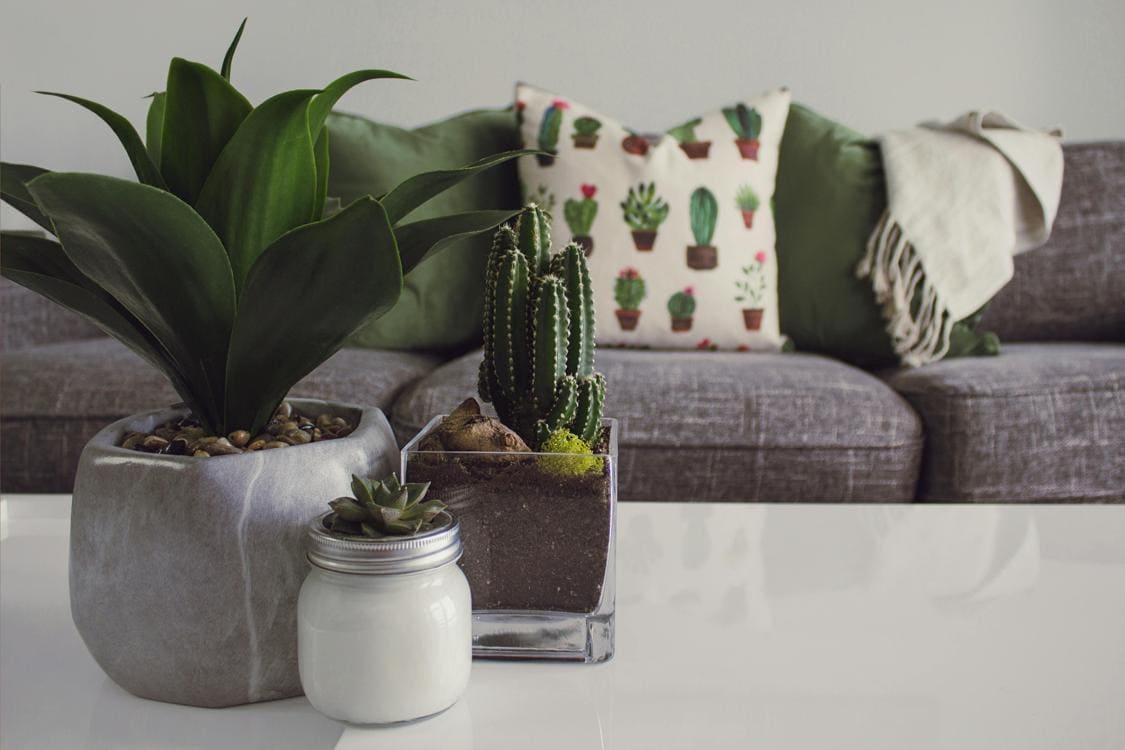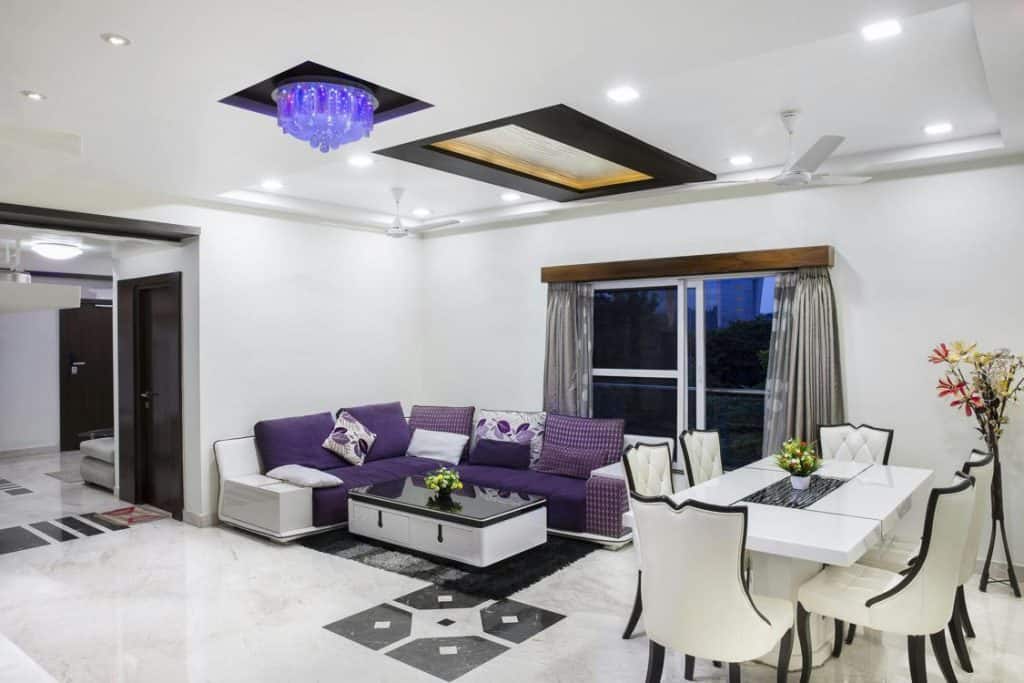Blending design styles is the heart of creating a custom home that’s uniquely your own. However, it is not without its challenges. Challenges that can be aptly met with the right team, such as Blokk Studio.
It is important to establish a foundational understanding of each style. Understanding the ethos and core elements of each can help to guide your design choices and ensure a harmonious blend.
Industrial Elements
Incorporating industrial elements in modern home design provides a fresh and unique aesthetic. Exposed brick walls and ductwork are hallmark features of this style, with weathered woods, galvanized metals, and salvaged pieces adding texture to the mix. Industrial furniture is usually sturdy and minimalistic, featuring wood pallets, cylindrical metal legs, and distressed leather. Industrial homes feature open floor plans that are devoid of clutter, with clear paths between rooms.
Unlike other styles, which tend to hide plumbing and ductwork behind drywall, industrial design allows these essential structures to become focal points of the room. Exposing pipes, vents, and electrical conduits brings an authentic feel to any space, providing a sense of depth and intrigue that other decor can’t replicate. If you’re building a new home, this is a great opportunity to add some of these raw elements into the build. Alternatively, older homes that already have these fixtures can be left exposed if they pass a health and safety inspection.
As industrial design is rooted in working-class history, it celebrates utility over presentation. This approach to construction emphasizes efficiency over form, which can result in cavernous spaces with exposed concrete floors, reclaimed wood beams, and structural iron supports. These architectural features tell a story about the building’s history, which can be complemented by vintage factory clocks, salvaged signs, and old tools on display.
Blending industrial and mid-century styles is a natural fit, as both styles are rooted in functional elegance and simplicity. The clean lines of mid-century modern melds beautifully with the rugged, urban edge of industrial, creating a space that feels both lived-in and polished.
The rough textures of industrial design are accentuated with lighting that reflects the warehouse-like feel of the style. Pendant lights with metal shades and sconces with exposed bulbs are popular in this design style, providing a strong visual contrast with polished wooden flooring or a raw brick wall.
Industrial design can be a bit stark for some, so it’s important to balance the raw aesthetic with cozy and comfortable touches. Incorporate plush rugs, throw pillows, and curtains into your space to create a soft counterpoint to the raw elements around it. Lastly, don’t forget to incorporate some indoor plants for an added pop of color and natural warmth.
Lofted Areas
Lofts have become all the rage in recent years, offering a unique twist on industrial-style home design. With their open layouts and soaring ceilings, these spaces are the perfect blank canvas for homeowners looking to create an inspiring workspace or cozy bedroom.
Unlike typical apartments and houses, lofts often include elements like exposed brick walls, concrete floors, and visible ductwork. These features add a sense of history and authenticity to the space that many people find appealing, and can even serve as a design focal point. In addition, lofts are located in vibrant urban neighborhoods, providing easy access to a variety of amenities and a sense of community.
One of the most important things to keep in mind when designing a loft is that the space can sometimes feel cold and uninviting. This can be easily overcome by adding elements that create a sense of warmth and coziness. For example, oversized area rugs and plush throw pillows can help define different zones within the open layout while also serving as a great accent piece.
Another way to warm up a loft is by displaying art and decor that reflects the homeowner’s personal taste. Large-scale artwork, sculptures, or photography can be used as focal points or to create curated gallery walls. In addition, incorporating a few well-placed plants can help soften the harsh lines and textures of a loft space.
The open layout of a loft can also be used as a versatile living space that can evolve with the needs of the family. For example, a loft can be turned into a library or reading room with the addition of tall bookshelves and cozy chairs. It can also be used as a media room, complete with a large television and an impressive entertainment system.
The versatility of a loft space makes it the ideal location for an apartment in NYC. It is also the perfect place to host friends and family, or to showcase your passions and hobbies. A loft space can be used as an office, a creative studio, a workshop, or a comfortable living room. It can even be used as a guest suite for visiting relatives.
Geometric Shapes

Geometric shapes are the building blocks of any design, whether it be a piece of modern furniture or a patterned wallpaper. The shapes can be two-dimensional (2D), which exists on a flat surface like paper, or three-dimensional (3D) which has length and width along with depth. Examples of geometric shapes are circles, triangles, squares, rectangles, and hexagons. They can also be regular, with all sides equal, or irregular, with sides of different lengths (think scalene triangle).
Whether they’re super simple, intricate patterns, or a combination of both, geometric shapes are versatile enough to blend in with most any aesthetic. Symmetrical shapes, mirroring each other to create a cohesive appearance, promote feelings of tranquility and order while asymmetrical designs excite the senses with their vibrant appeal.
From a symmetrical hexamine bookshelf to a bold hexagram coffee table, the possibilities are endless for incorporating geometric shapes into your home decor. But remember to keep the ratio in check; too many geometric patterns can overwhelm a room and take away from the overall look you’re going for.
Large-scale geometric shapes are the most popular for defining focal points in rooms, whether as a statement rug or a wall sconce’s bracket. However, they can be found in the smallest details as well—from a hexagonal doorknob to a striped throw pillow. And smaller decorative items, like candle holders or mirror frames, whose forms have been defined by geometry, add interest and sophistication to any space.
Incorporating geometric designs into any area of the house, from bedrooms to kitchens, requires careful planning. For instance, a geometrically-shaped mirror could potentially be a tripping hazard unless it is child-proofed properly. Geometrically-shaped furniture is also a potential eyesore unless it’s carefully planned to maximize space and minimize the number of pieces. In addition to this, it’s important to balance the geometric elements with other textures and materials to avoid overwhelming a room.
Minimalism
Minimalism is a growing movement in modern home design that involves focusing on the fundamentals rather than wasting time debating edge cases. Unlike other lifestyle trends, minimalism doesn’t have a set number of items that you should own or strict rules to follow. Instead, it’s a way of life that’s different for everyone and requires self-reflection to determine what’s truly important to you.
This style has many advantages, including an increased focus on sustainability and environmental preservation. Minimalist architecture often uses eco-friendly materials and designs that make the most of natural light and ventilation to minimize energy consumption. These cost savings can be significant and may significantly lower your monthly utility bills.
One of the most noticeable features in minimalist homes is a focus on simple shapes and lines. This trend emphasizes flat, smooth surfaces and a neutral color palette that’s both sophisticated and restful. The use of natural textures in furniture and wall décor also enhances the look while bringing in warmth and an organic element.
Another element in minimalist style is a reduction of unnecessary decorative accents. This means using a few impactful pieces, such as a sculptural houseplant or an abstract painting. Minimalists also tend to avoid cluttered spaces in favor of efficient floor plans and open layouts that encourage natural flow from room to room.
While a minimalist lifestyle can be challenging, it’s also a great way to live more freely. By removing the distractions of excess possessions, you can free up your time and mental space to focus on what’s most meaningful to you. It can also help you find clarity and improve your ability to concentrate on tasks and achieve goals.
If you’re ready to embrace the calming simplicity of minimalist design, SuperNova Furniture is here to help. Our local decor, furniture, and mattress store in Rosenberg, TX offers a variety of modern styles that blend functionally with minimal style. Contact us today to discover how we can cultivate your personal aesthetic. We’re confident you’ll love the results!




